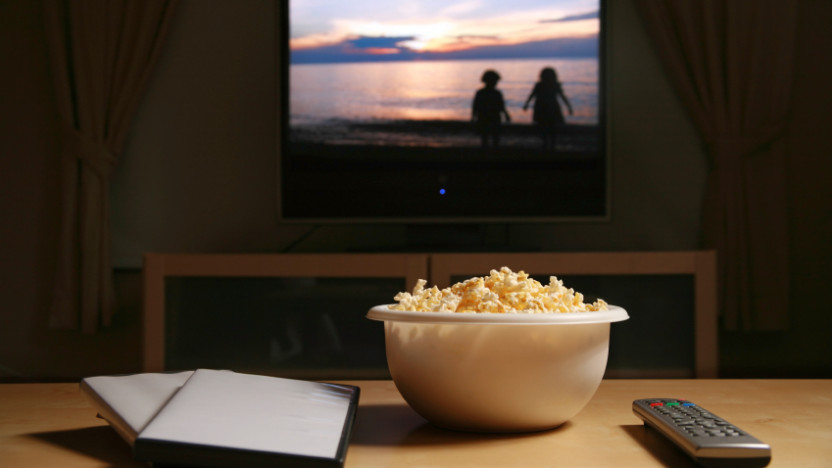The Psychology Behind Movies
At-home entertainment is becoming increasingly popular during social distancing and as California’s chilly winter weather sets in.
November 7, 2020
The fall season is rolling in, and sweater weather seems to have just slipped quietly through the door, into California, dropping the temperature over 30 degrees in just a week or two. With the pandemic, it seems almost dangerous to even leave the house for entertainment, and video calling over Zoom can get repetitive quickly. Something that captures attention and offers entertainment for an extended period of time — say, a movie — seems perfect to wrap up in a blanket and get absorbed into, especially during chilly weather. But what else is it about films and television entertainment that has us so engrossed?
According to the Cornell Daily Sun, movie-making intensely experiments with psychology to better attract its audiences’ attention. Cornell psychology professor James Cutting states that this is because “filmmakers try to synchronize their movies to the patterns of the viewers’ attention” in an effort to create their films to be as captivating as possible.
The professor also examines other, seemingly minor factors — such as use of fractals patterns; shortening durations of shot lengths driven by the phenomenon of rising IQ levels over time; and brightness of pixels — that may contribute to the quality of films. As our psychology changes and new technology emerges, Cutting states, filmmakers take to adapting new techniques to keep their entertainment up to contemporary tastes.
What about horror movies? There just seems to be an unknown thrill hidden within the horror aspect that seems to draw in an audience. Psychologists and neuroscientists probe the same question as well. Dutch media studies professor, Patricia Pisters, writes that “[the spectator] is immediately drawn into the subjective emotional world of the protagonists.” Thus, the audience receives the film through the eyes of the protagonists, sharing their same feelings of fear and horror while being left blind to what happens behind the scenes.
According to neurocinematics professor, Michael Grabowski, on Business Insider, the stimuli from a shocking horror scene break through the relaxed motor regions of our brain and tap into our primal instincts, eliciting screams and shouts, despite us knowing that horror movies are not real. For some, this jolt and rush of energy, excitement, and surprise is the most enthralling aspect of horror films.
However, with the quarantine orders, the volume of film releases has taken a hit and many films have been delayed, as social distancing prevents the film crew and actors from coming together to shoot scenes. For example, the live-action remake of Disney’s “Mulan” was initially scheduled for a March release — it was postponed due to the pandemic for late August and, in July, was postponed again for an unknown period of time, states the Washington Post.
Regardless, hopes are still high for a return to the “norm” of entertainment releases. Joy Zhou (11) states that, after the quarantine, “[films] will more likely be released at a steady pace, gradually.” Additionally, as California’s winter months quickly approach, intensified by the quarantine, cinema fans are likely to be more impatient than ever for the return of arts and entertainment right at home.






































faith desio • Feb 13, 2021 at 9:45 AM
I love this article! Movies are a big part of my life and one of my favorite hobbies. I agree with what you said in your last paragraph, fans are impatient and ready for all the movies we have been deprived of in 2020!
Fiona Salisbury • Nov 16, 2020 at 7:37 PM
I never really thought about the psychology behind movies so this article was really interesting to read. I really liked how you were able to tie everything back into current events.
Katelyn Ruggles • Nov 13, 2020 at 9:09 PM
This article was super interesting to read. It is really eye opening on how movies are filmed, and how much effort is really put into these tiny details. It gave a cool inside perspective on how directors create movies and scenes.
Kylie de Best • Nov 12, 2020 at 7:19 PM
It is so interesting to see how movies are made in certain ways with intentions to make us feel a certain way. I didn’t realize how much work is put into making movies, especially in the psychological part,